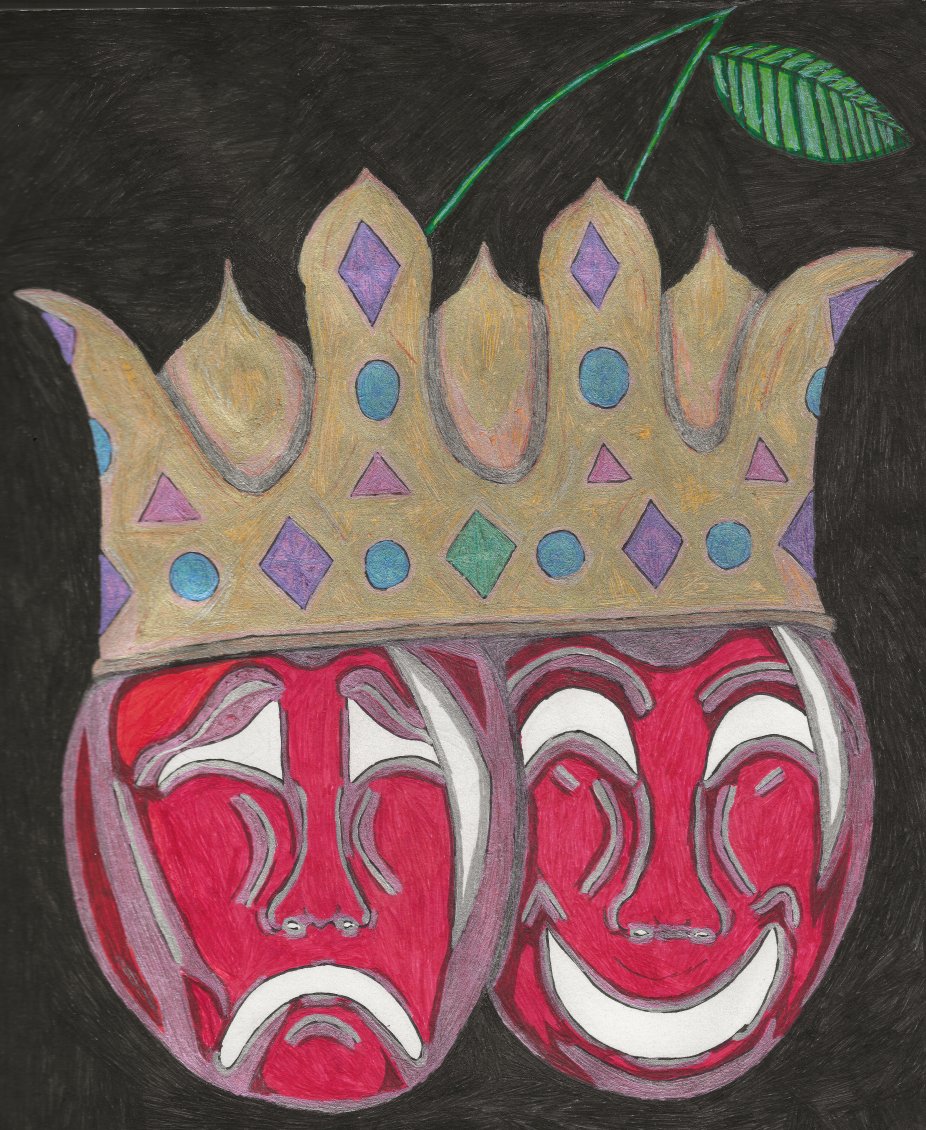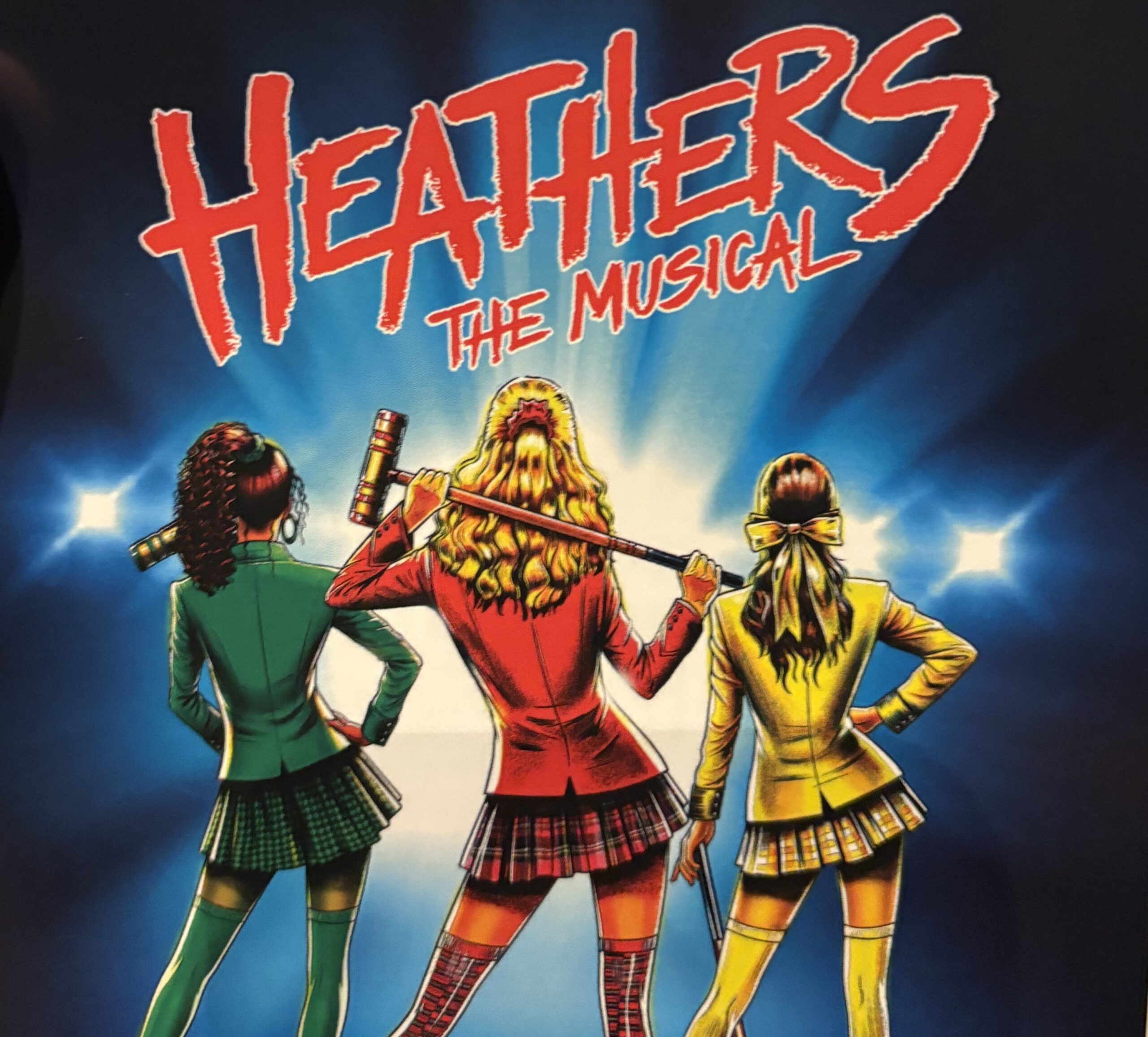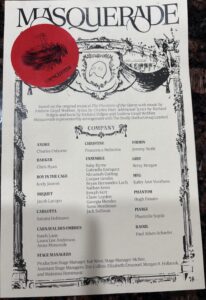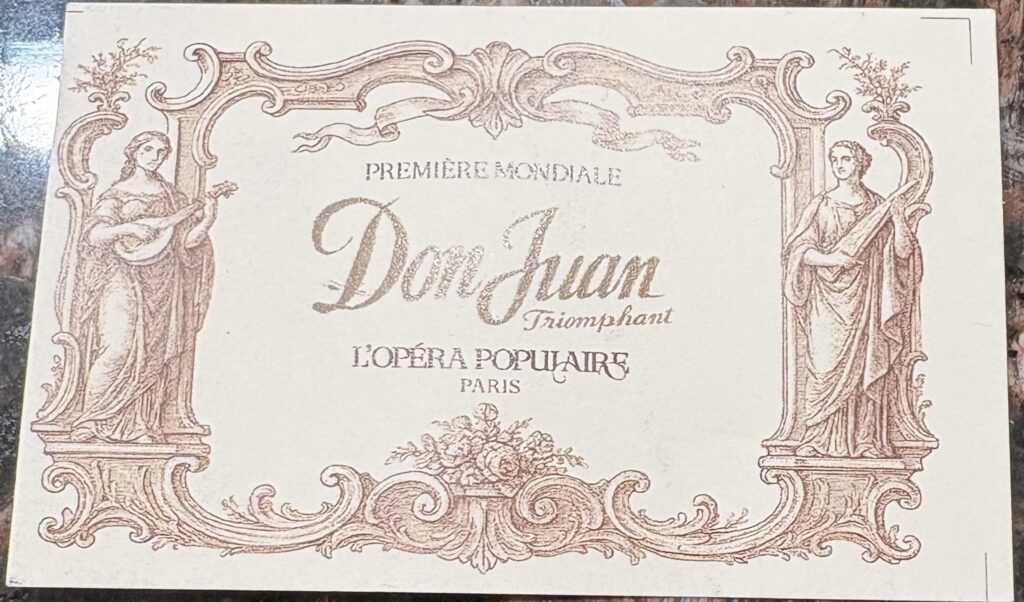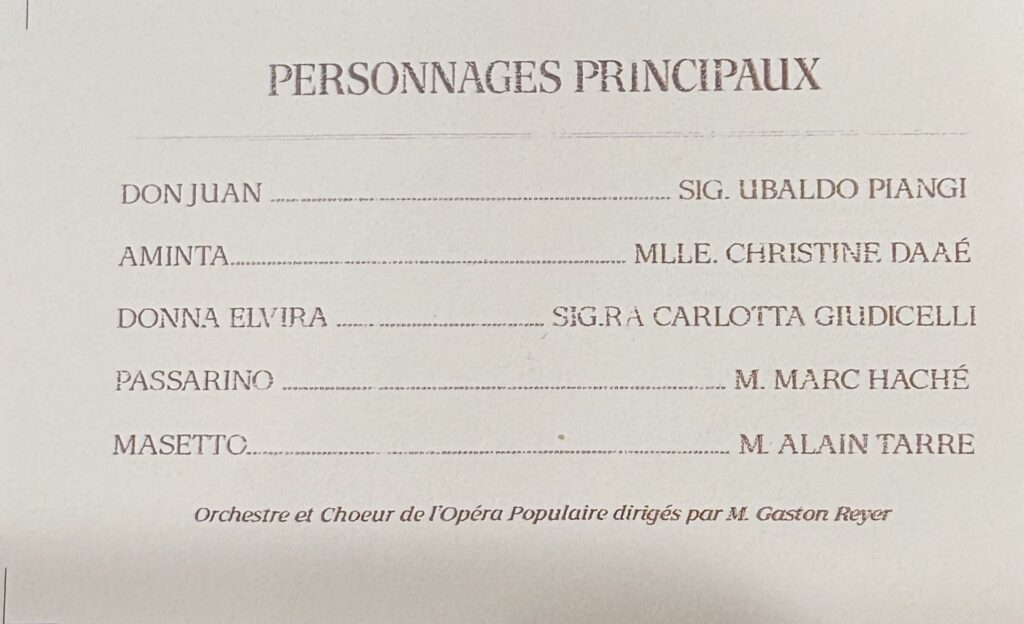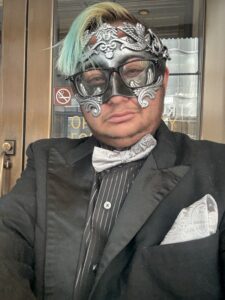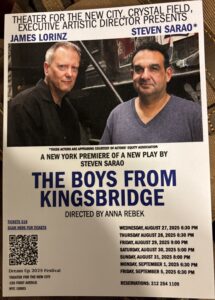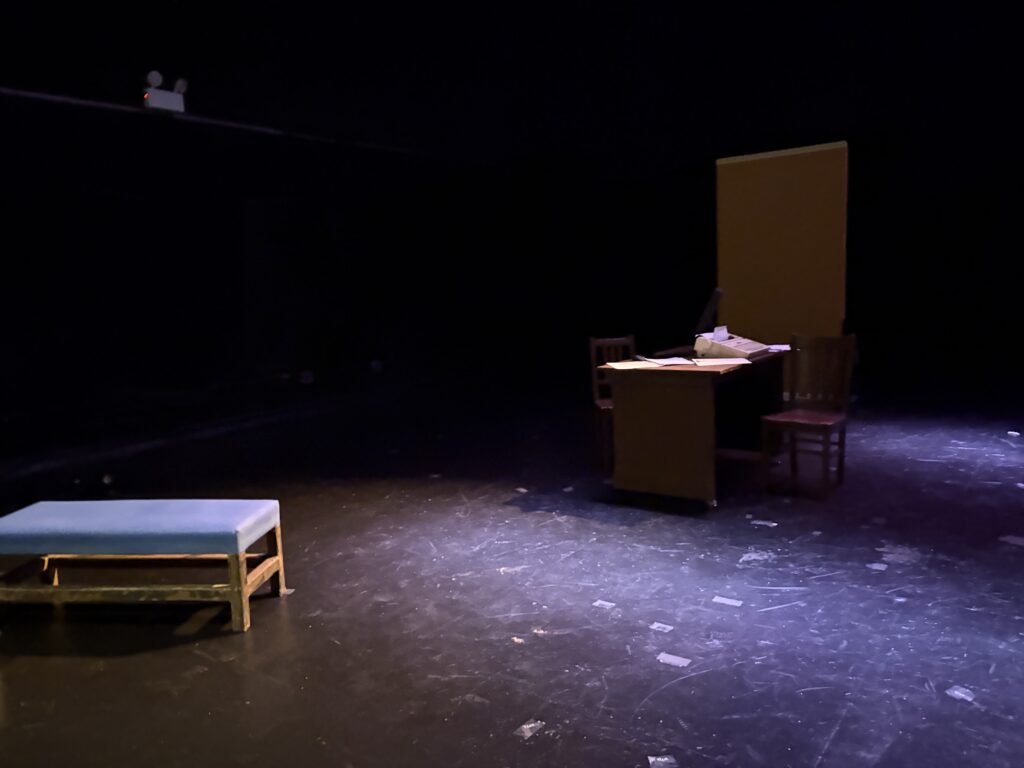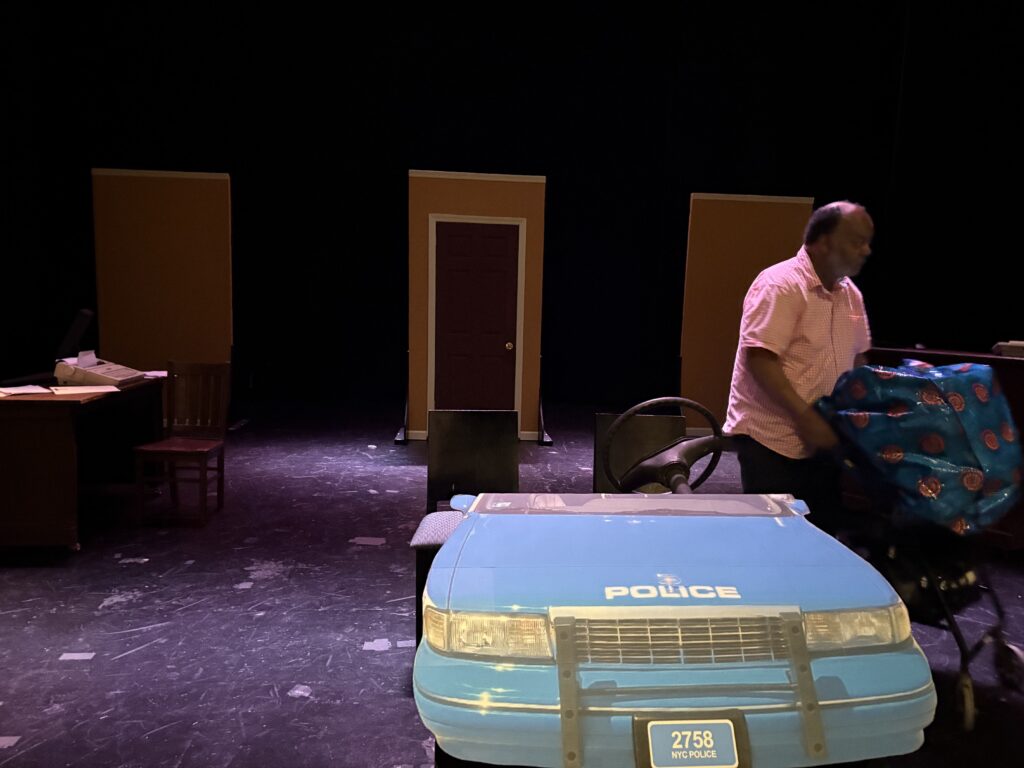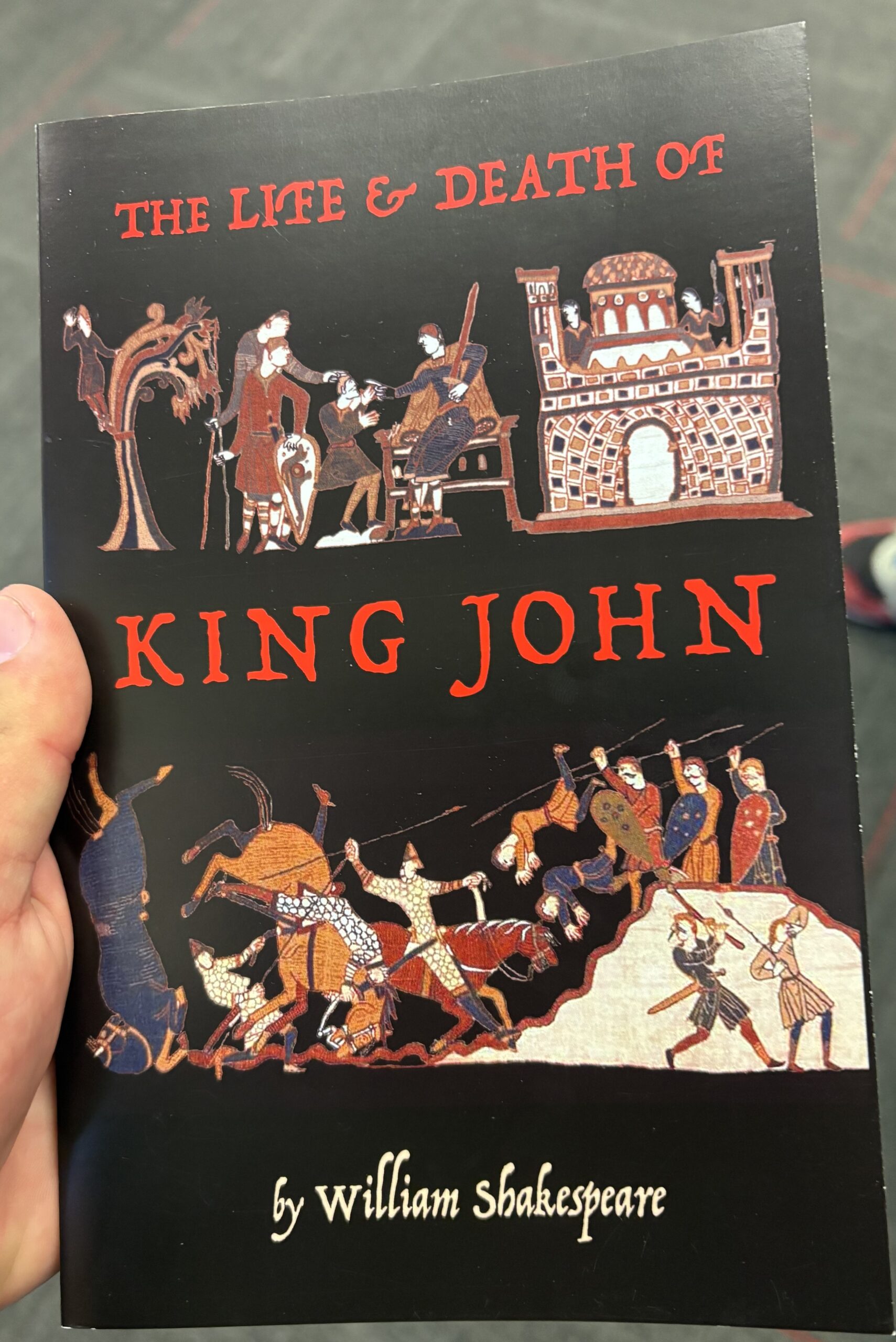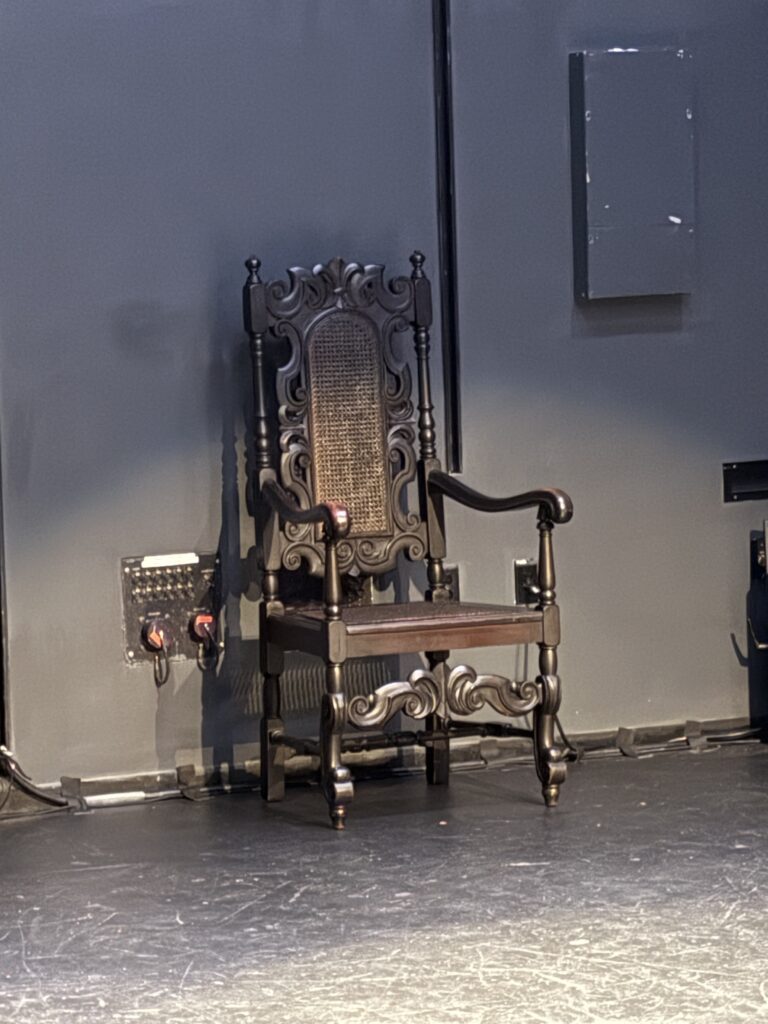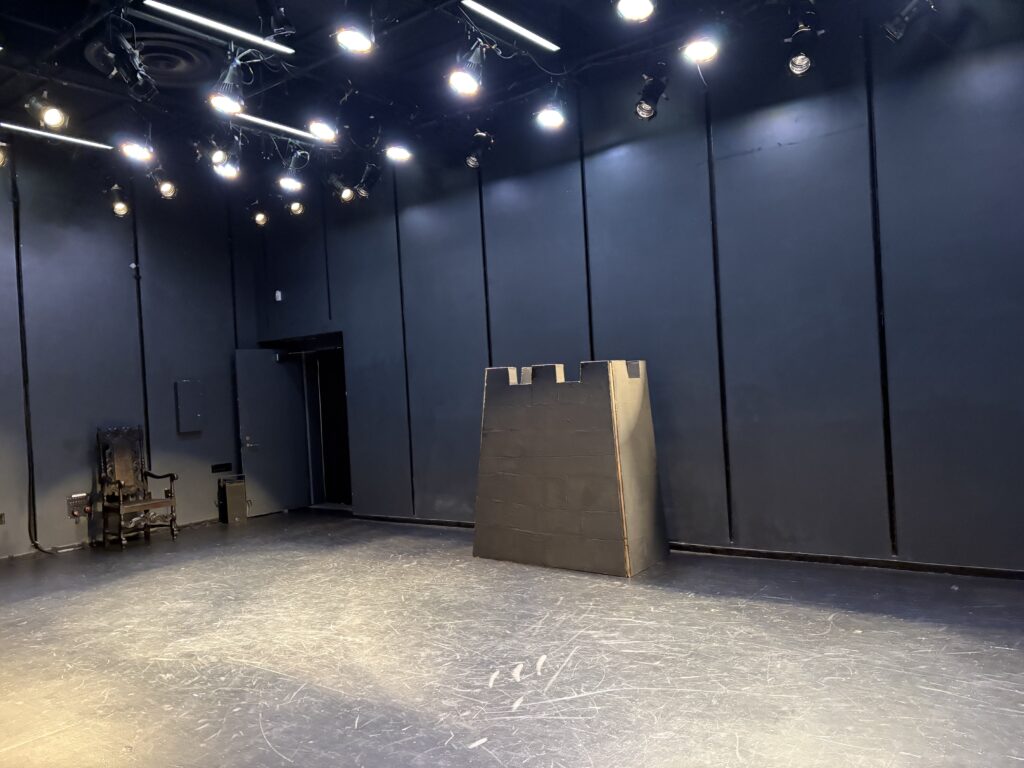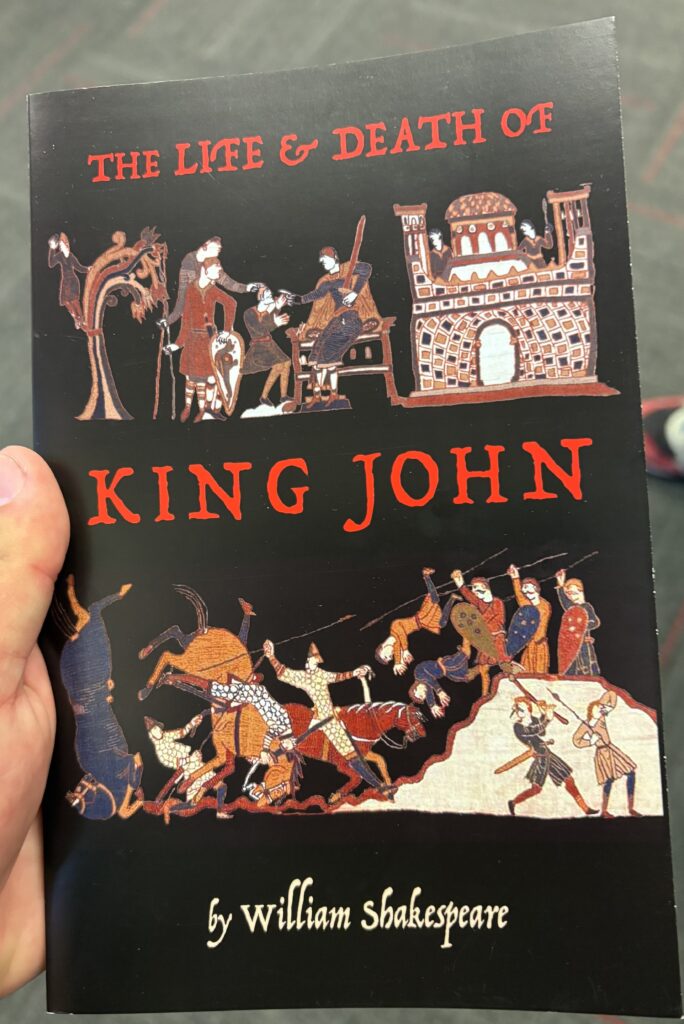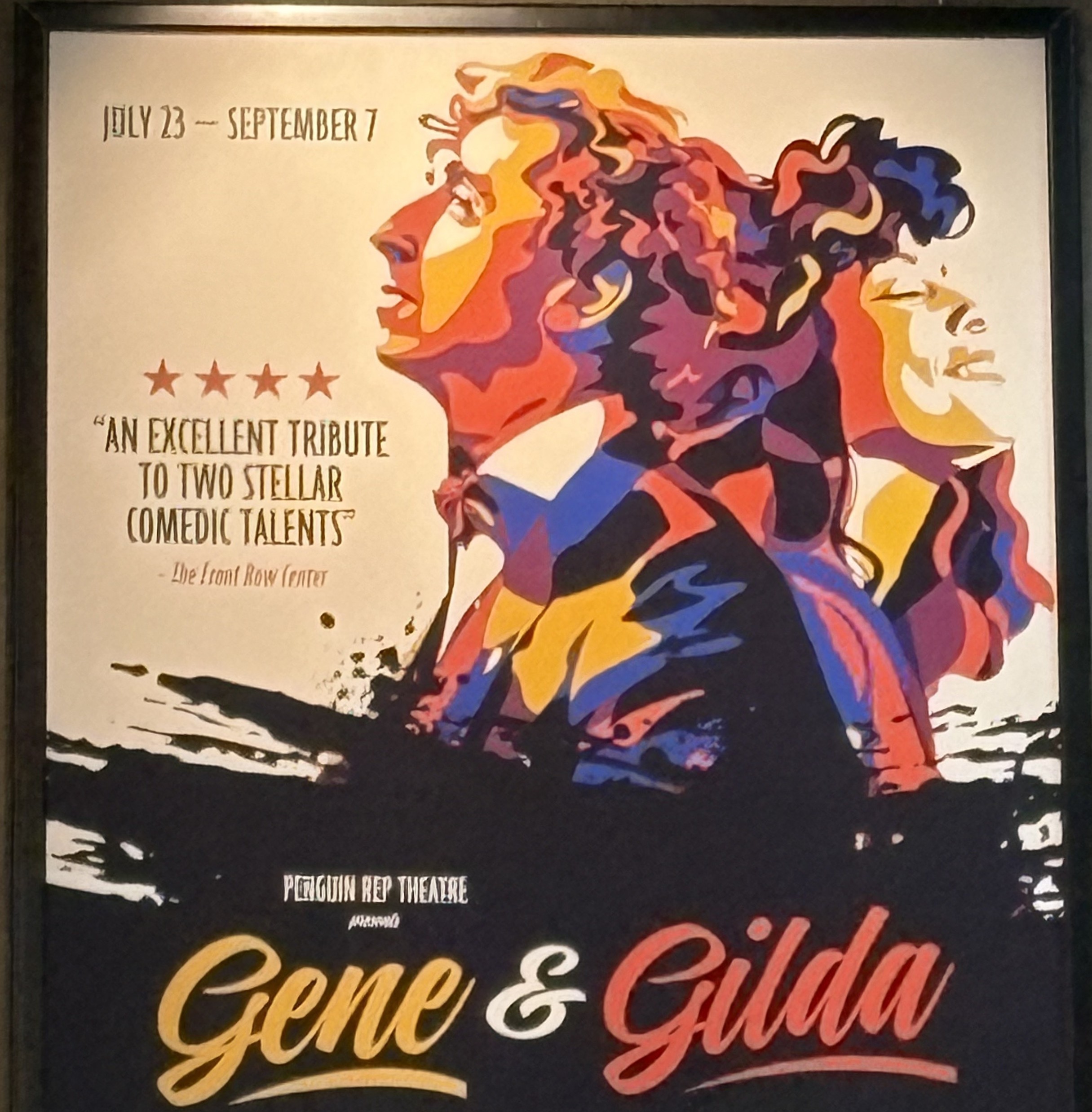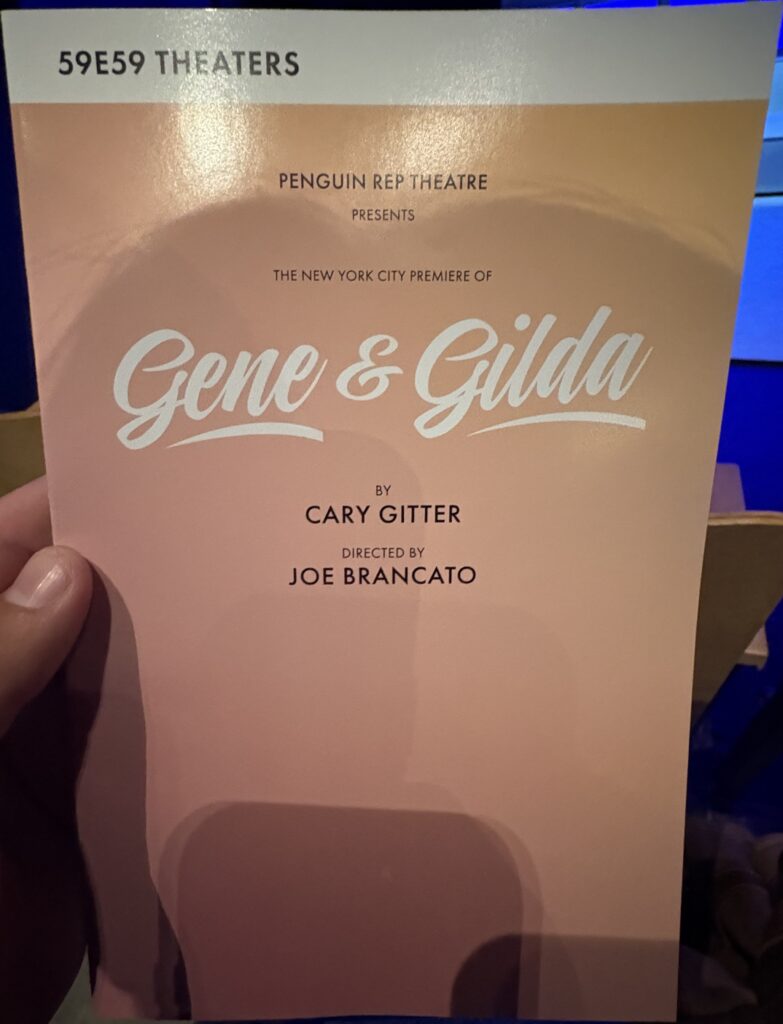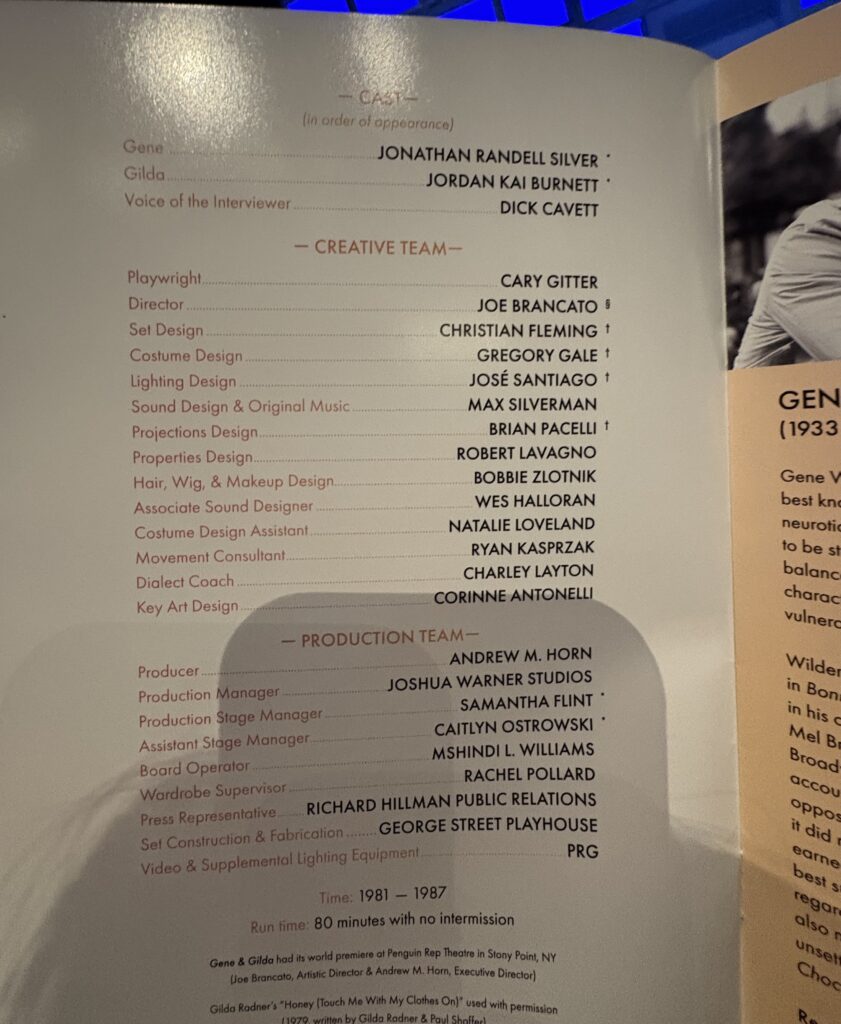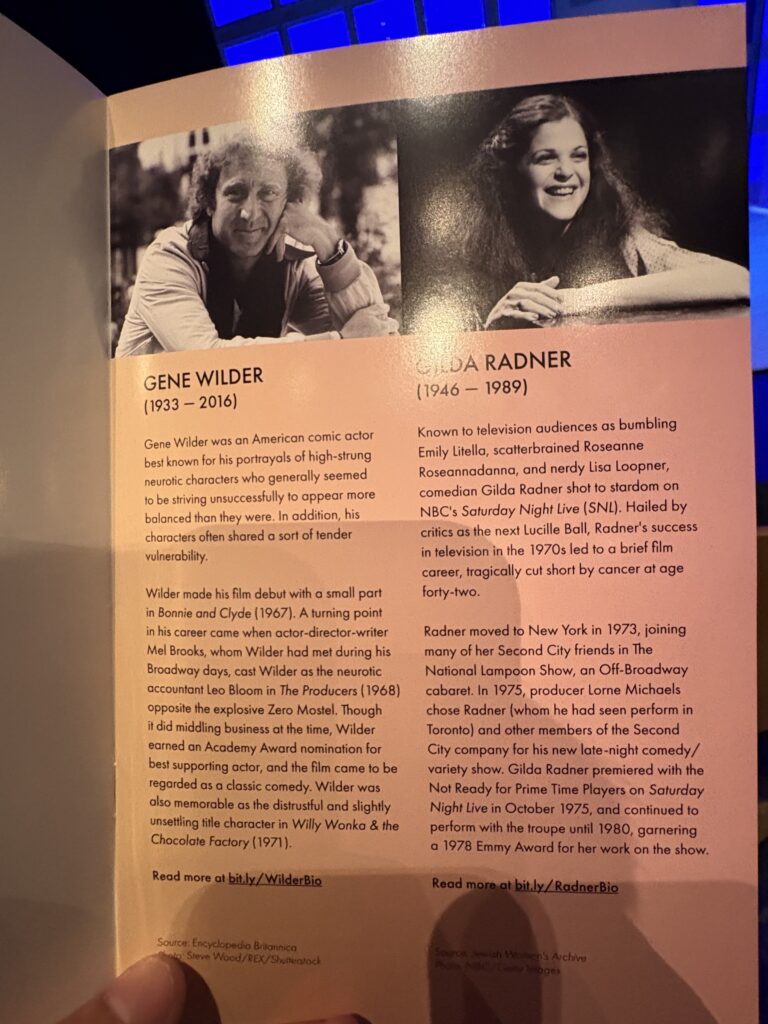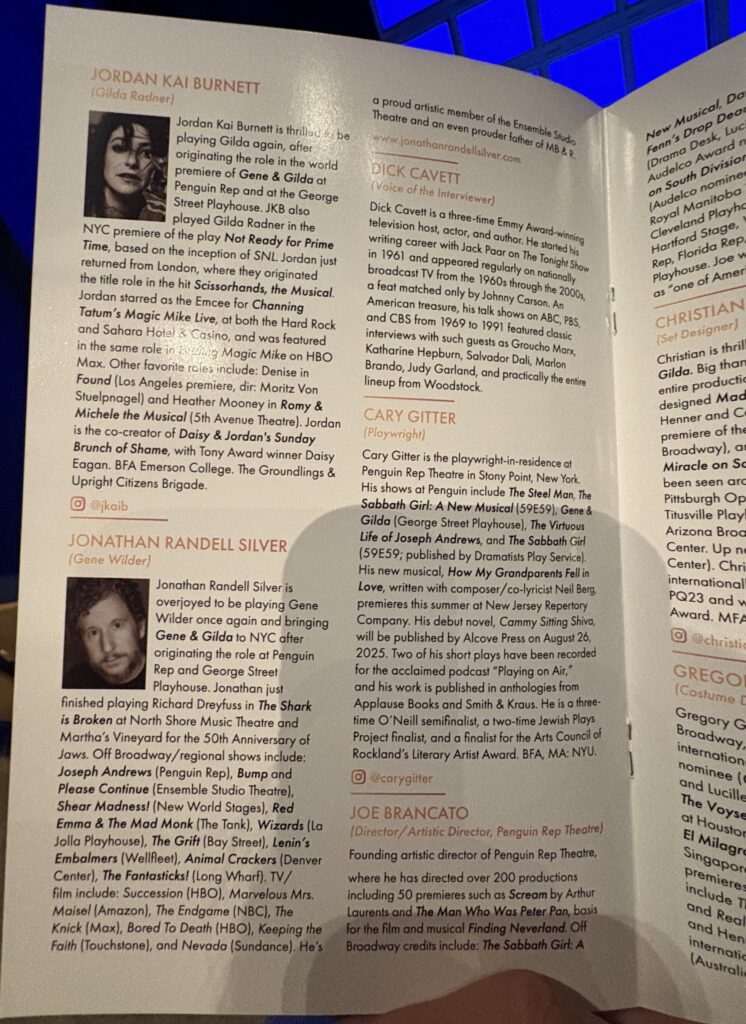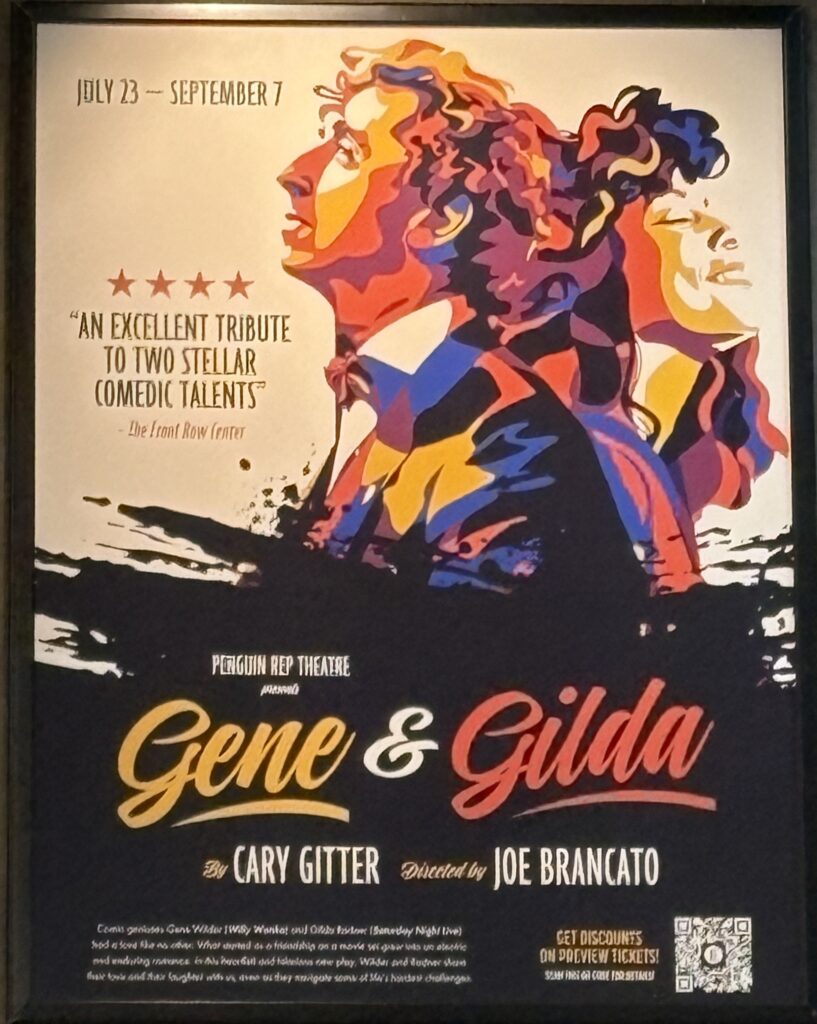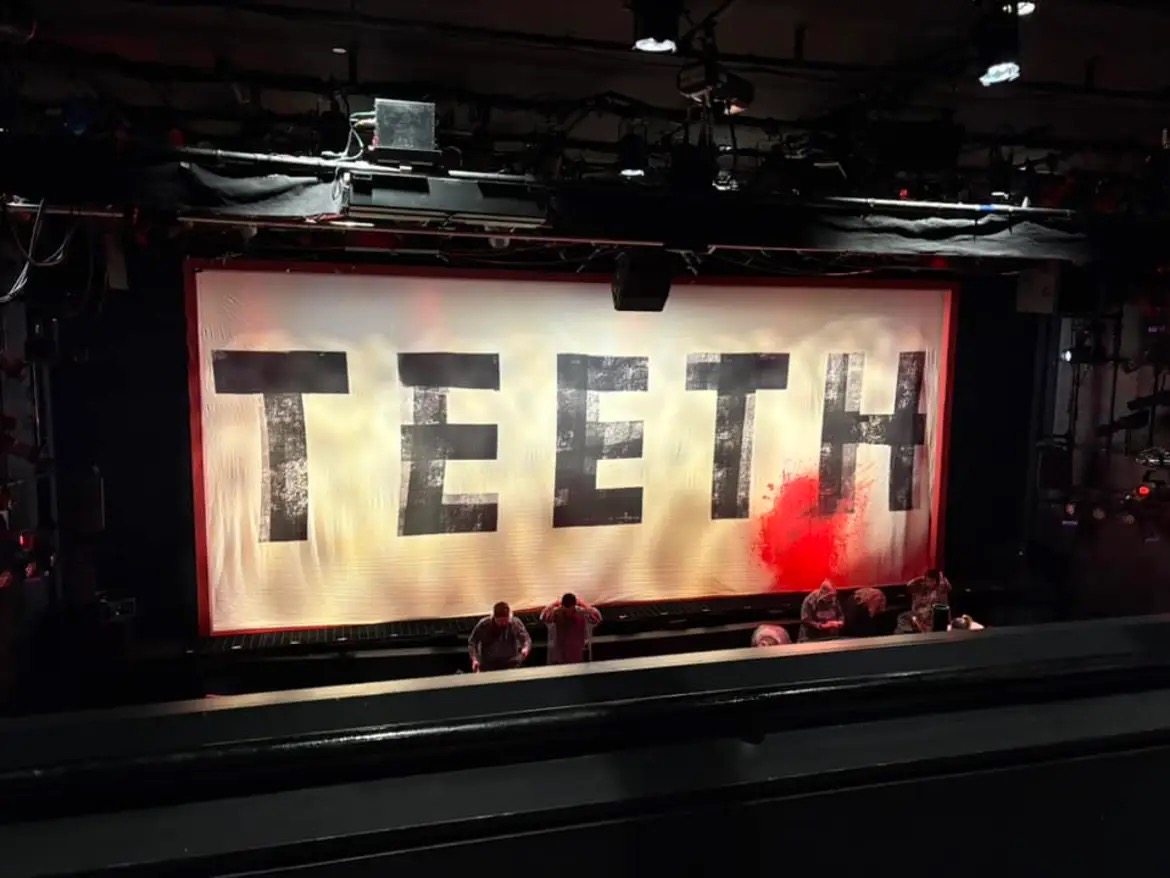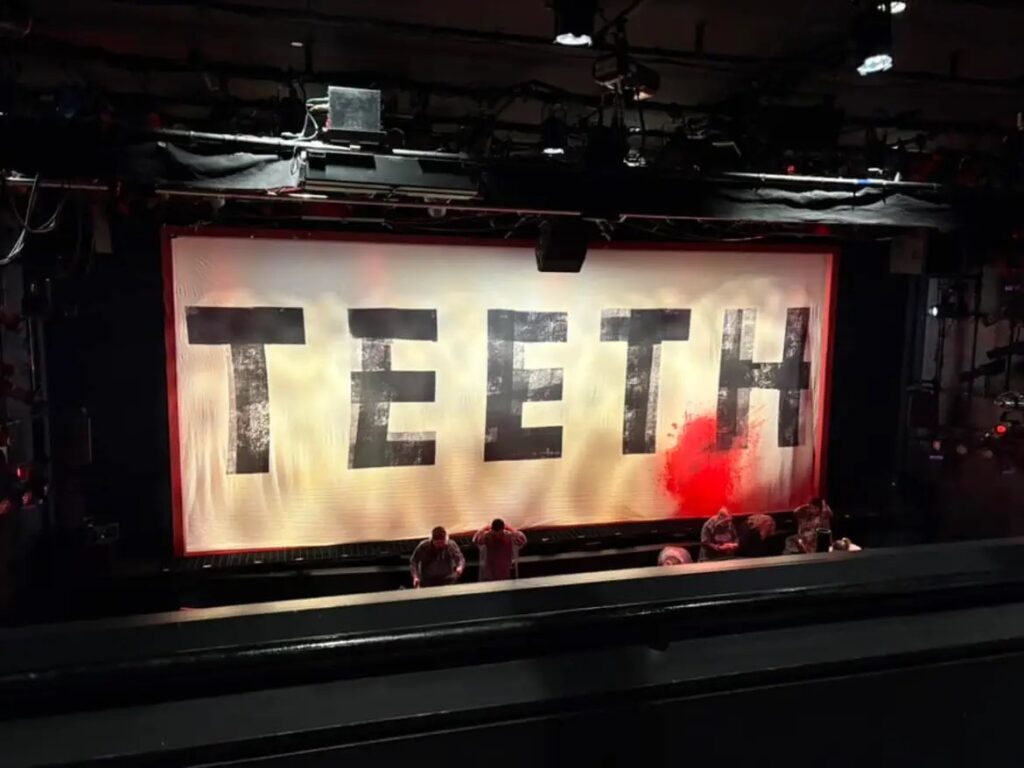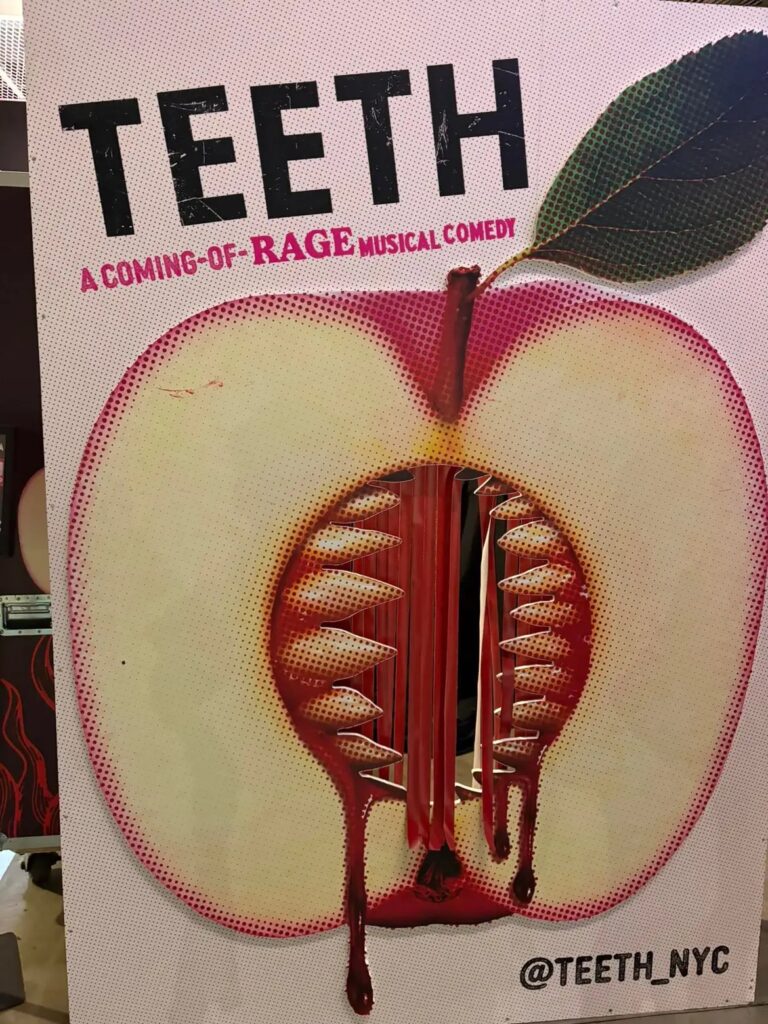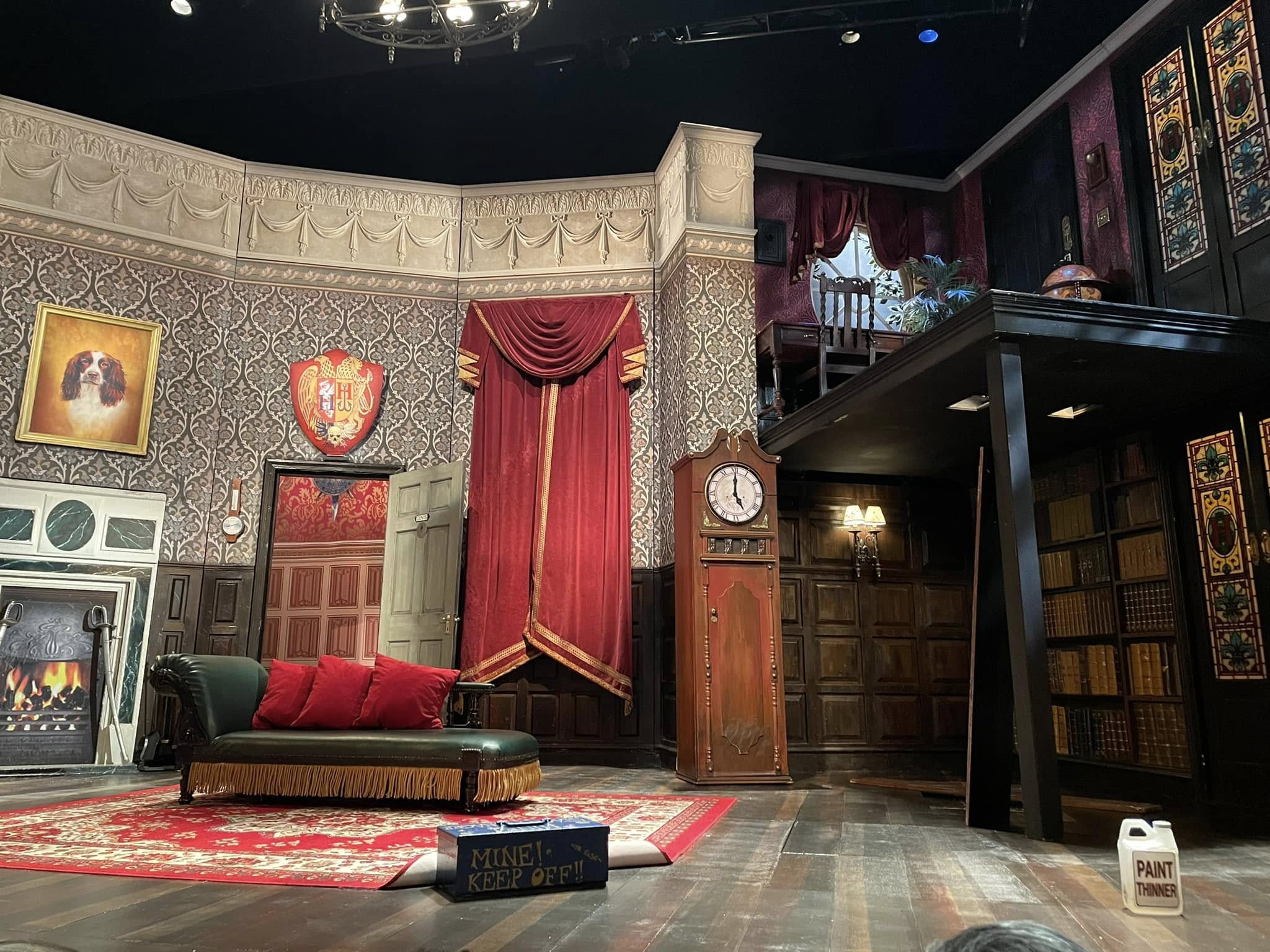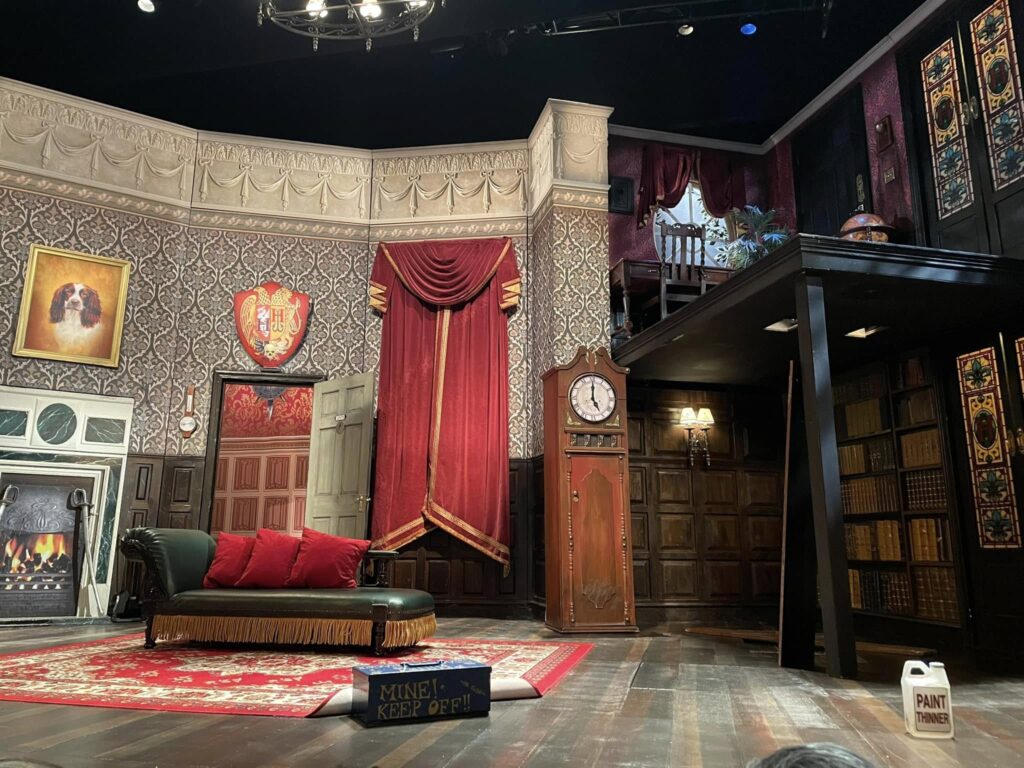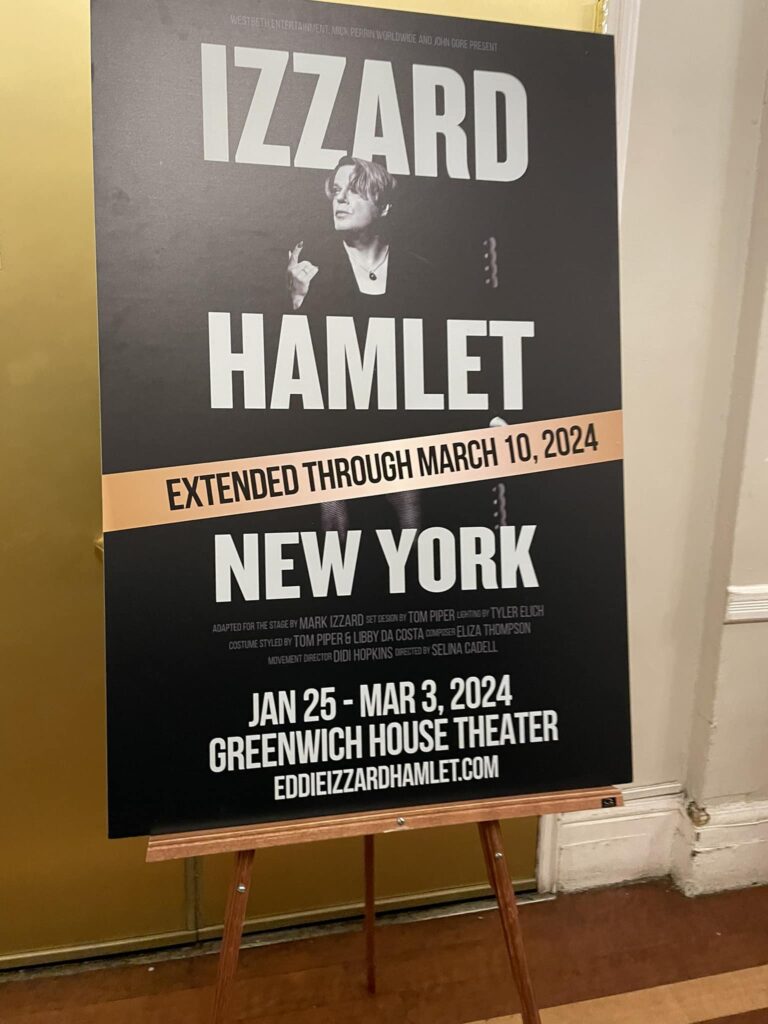31 August 2025
Heathers is a show that I know well. I love a good dark comedy and certainly enjoy a show full of camp. So Heathers the Musical is definitely right up my alley.
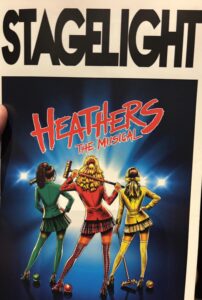
The show opens in the year 1989 with Veronica Sawyer (played by Sara Al-Bazali, in this performance) and other students of The Westerberg High School as they despair about living life as ordinary students, who are not high up on the social hierarchy (ie — the students are not the jocks nor are they the titular Heathers and therefore they are at the bottom of the food chain). The student who is seen as the absolute lowest in this social hierarchy is Martha Dunnstock (played by Syd Sider in this performance) — an innocent minded student, with a long standing crush on the football star Ram (played by Xavier McKinnon) who she once shared a kiss with back in kindergarten.
The three Heathers are Heather Chandler (played by McKenzie Kurts) — she is the lead Heather, dressed in red. Then there is Heather Duke (played by Kiara Lee, for this performance) — she is the Heather that is used the most by the other Heathers, even acting as a desk so that Heather Chandler can write a note. She wears green. And finally there is Heather McNamara (played by Elizabeth Teeter) — is the middle rung of the three Heathers, and she wears yellow.
The other two main characters that must be mentioned are Kurt (played by Cade Ostermeyer) — Kurt is Ram’s best friend, they play football together, and are almost always seen onstage as a pair.
And of course, the character of Jason “J.D.” Dean (played by Casey Likes) — J.D. is a fun character because he starts off as a mysterious loner who slowly descends into chaos as his god complex grows.
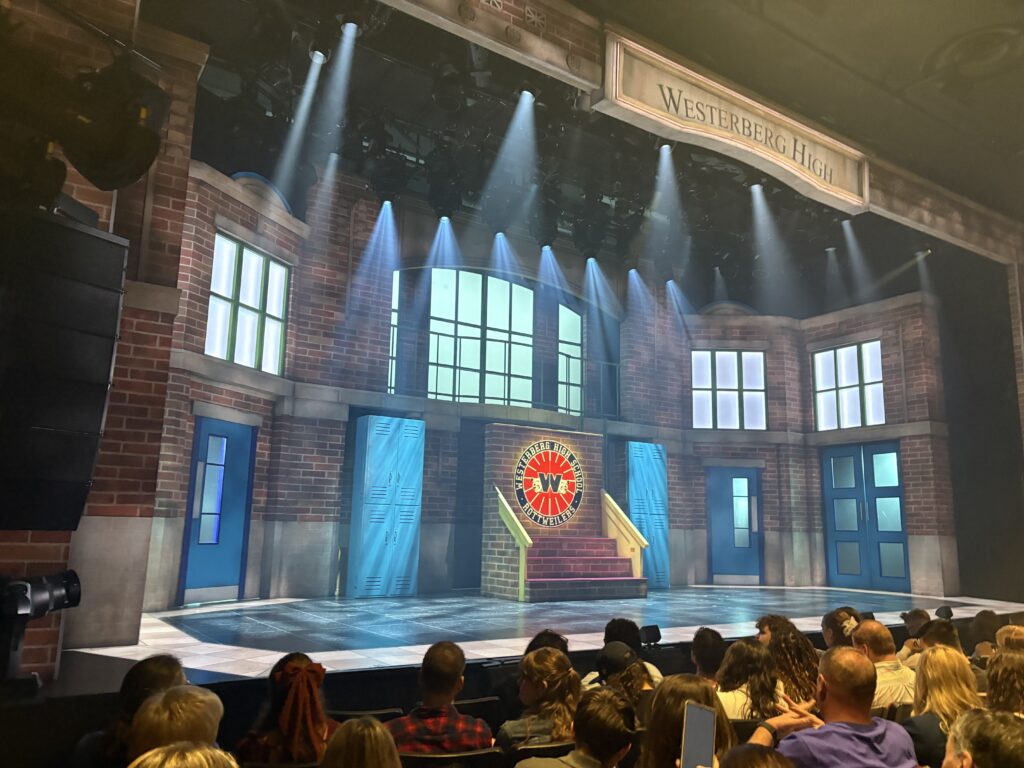
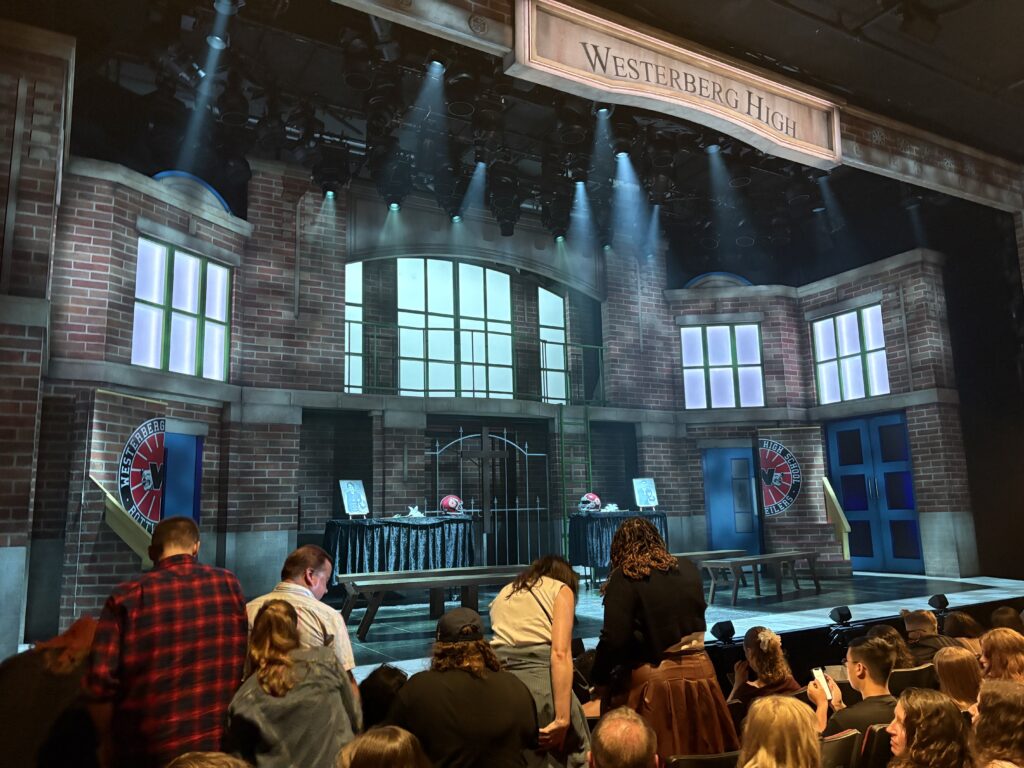
The plot of the show is pretty simple, Veronica wants to be a popular kid and to become a popular kid, you have the be friends with the Heathers. So, she gets the three of them out of trouble by forging a hall pass — forgery happens to be Veronica’s specialty as she is able to mimic the handwriting of just about anyone. The Heathers make Veronica popular, but also miserable, and in exchange, they use her forging powers to mess with other students — including that of her best friend, Martha.
Enter J.D. who falls in love with Veronica, leading into a plot full of trickery, deceit, false suicides, unintentionally turning hated characters into beloved, tragic martyrs and inspirations, at least one attempted suicide, and almost having an entire school blown to bits.
The first thing that is impressive about this show is the detail. When the first fight scene breaks out in the school, it were the ensemble members (and swings filling in) who really caught my eye. They acted just the way that one would expect high schoolers to react to seeing a fight break out in the hallway — they loved it! Throwing up rock-n-roll hand signs, silently cheering, and clearing having a blast. It is also worth mentioning how much of this show is done in slow motion — whether that be the jocks shooting spit balls at a nerd or J.D. punching Ram across the face — having the actors move in slow motion allowed for every single second to be clearly shown to the audience and really played up the campiness of the show.
The second thing that really struck me about this entire production is simply that each and every actor appears to be a very talented singer as well. Heathers the Musical does not require amazing signing ability. The physicality of the performance, the dark story line, the humour, the camp — those are the things that this musical calls for and needs for it to be successful. The fact that every single actor, once they had their chance to shine was able to belt was a huge added bonus!
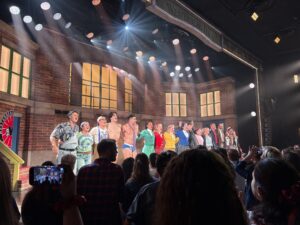
I loved the choreography and more importantly, the chemistry between the characters (and honestly of the actors too) of Kurt and Ram — the two popular jocks, was fantastic. Not only did they have choreography that quite literally had one climbing on top of the other but they truly felt like best friends just trying to party and get laid.
In fact, feeling like genuine teenagers is one of the things that this cast really was able to nail. The awkwardness of being a teen, the audacity of the things teenagers will say to parents, the need to be popular and to fit in, and the need to feel important are all things that most, if not all, teenagers experience. Whether inside of the walls of a school or just inside the constraints of life — we are all in some sort of social hierarchy. Where we fall in that hierarchy may change dependant on circumstances or timing or even where we are in life, but the social hierarchy always exists. And more importantly, everyone has damage.
Everyone has a story — good, bad, ugly. It’s what we do with what we learn from our damage, our trauma, and how we then in turn use that knowledge when we interact with other people — the other people in our social hierarchy. How we treat others, regardless of our trauma and how we navigate through society’s social hierarchy is what is really at the heart of this show. Under the camp, the silly, the dark subject matter, this is a show about treating others with respect no matter what. That’s really what this show comes down to.
